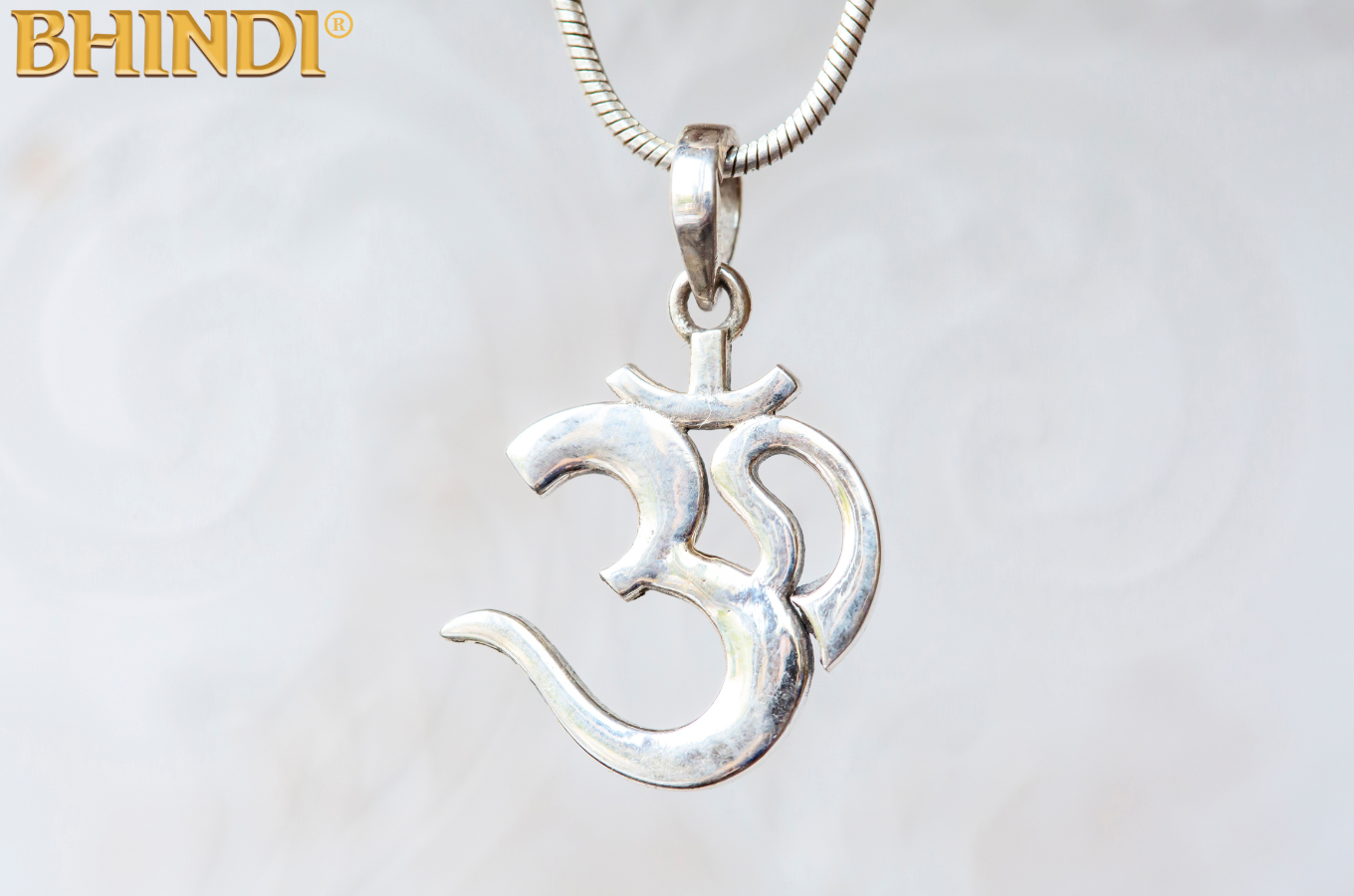1. The Universal Language of Sacred Symbols
Religious symbols speak a universal language that goes beyond cultural boundaries. Each symbol carries a profound meaning to billions of people worldwide. So, they become portable reminders of belief and spiritual connections when incorporated into jewelry.
Modern designers reinterpret these traditional symbols with fresh viewpoints. A cross might be rendered in minimalist lines. It can also be adorned with intricate filigree. Meanwhile, the ancient Hamsa hand, which is believed to provide protection across multiple faiths, appears in everything from delicate religious pendants to statement rings. This creative evolution keeps religious jewelry relevant across generations.
2. Beyond Decoration - Religious Jewelry as Spiritual Practice
Religious jewelry is more than an adornment for most. It is a link to their faith practice. Prayer beads such as Catholic rosaries or Buddhist malas are not only beautiful accessories. They are also practical tools for meditation and prayer. Contemporary designers honor these traditions while making them accessible to modern sensibilities.
Some jewelry artisans create pieces that are designed for spiritual practices. These thoughtful designs merge functionality with beauty. As a result, it allows wearers to engage with their faith throughout daily life.
3. Cross-Cultural Inspirations
One interesting trend in spiritual jewelry is the cross-pollination of symbols across faith traditions. Designers are more likely to draw from several spiritual sources. So, they are able to craft pieces that have meaning across cultural lines. For instance, religious necklaces pair the Tree of Life with geometric motifs taken from Islamic art.
This multi-faith practice is a sign of the increasingly globalized world, where individuals seek spirituality outside of the bounds of one tradition. Such jewelry tends to appeal to people who value the universal teachings present throughout traditions of faith.
4. Religious Necklaces Are Subtle Statements of Faith
Not every religious piece of jewelry is advertised in a bold manner. Many contemporary designs employ sacred symbols in discreet ways that may be only appreciated by others of that tradition. For example, a wedding ring may incorporate a subtle cross pattern into its metalwork. In contrast, some religious earrings may incorporate small lotus flowers representing Buddhist enlightenment.
This subtlety appeals to those who prefer to keep their faith personal while still carrying meaningful reminders. It also makes religious jewelry more versatile for everyday wear across different social contexts.
5. Ethical Considerations in Sacred Designs
Consciousness around ethical production is growing a lot. So, most designers making religious jewelry are particularly careful about ethical sourcing and production methods. This morally conscious approach respects the spiritual meaning behind the symbols.
Recycled material and morally sourced gemstones have become key concerns for producers and buyers of spiritual jewelry alike. Many artists also give donations to religiously related charities from parts of their profits.
6. Personalized Sacred Expressions
The most significant religious jewelry trend is personalization. The pieces can be hand-designed specifically to represent one's individual religious journey. Some designers work very closely with clients to include elements of family heirlooms, such as life-altering events or personal interpretations of religious doctrine. These highly personal items become treasured heirlooms to pass on to generations. This is because they hold religious meaning and family history.
You May Also Like: Spiritual Journeys Through Religious Jewelry- Melding Faith With Fashion
To Wrap It All Up
Fashions change! Yet religious jewelry has lasted for centuries. This is because they represent something more than appearance. They resonate with the human desire for connection. As a whole, these symbols will continue to shape jewelry for as long as humans want to express their spiritual values and beliefs.
Frequently Asked Questions
Q1. Is it appropriate to wear religious symbols from traditions I don't practice?
This question involves both cultural respect and personal intention. Many religious symbols have become mainstream fashion elements. But they still hold deep meaning for practitioners. You need to consider your motivation for wearing the symbol and approach it with respect rather than treating sacred emblems as merely decorative. You can consult with members of that faith tradition about appropriate usage when in doubt.
Q2. How can I ensure my religious jewelry is ethically produced?
You must look for jewelers who produce ethically and are willing to disclose their sourcing and manufacturing processes. It is helpful to search for certifications. You can also ask pointed questions regarding where materials originate and how workers are treated. Most designers making items such as religious earrings are dedicated to ethical practices that mirror the values their works represent.
Q3. What would I look at when selecting a religious pendant as a gift?
First, you must determine that the recipient would appreciate spiritually meaningful items such as religious pendants. These jewelry items are highly personal. You must also think about their individual beliefs and practices. Quality is important for items intended to be worn every day and potentially passed down to generations.

